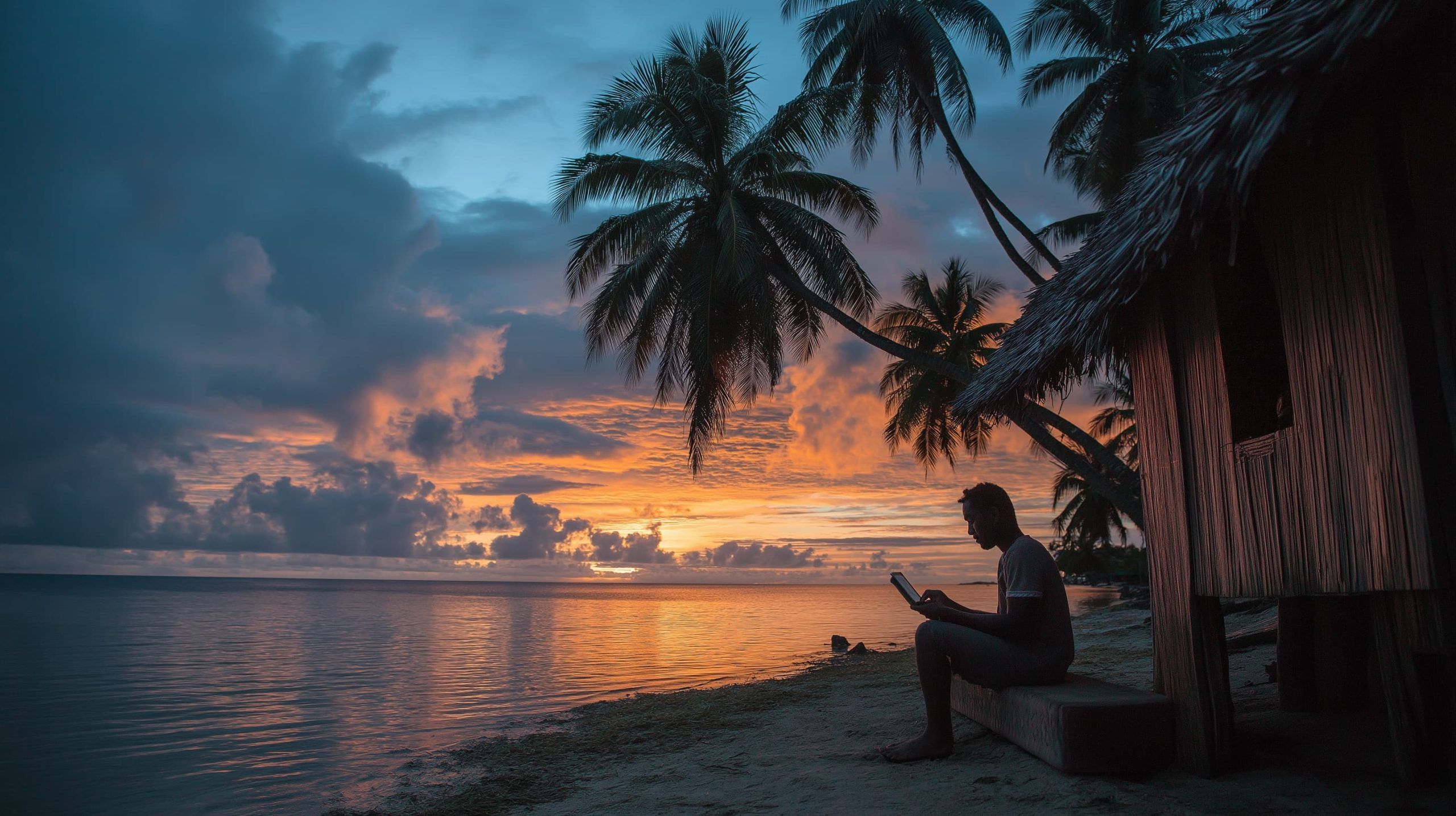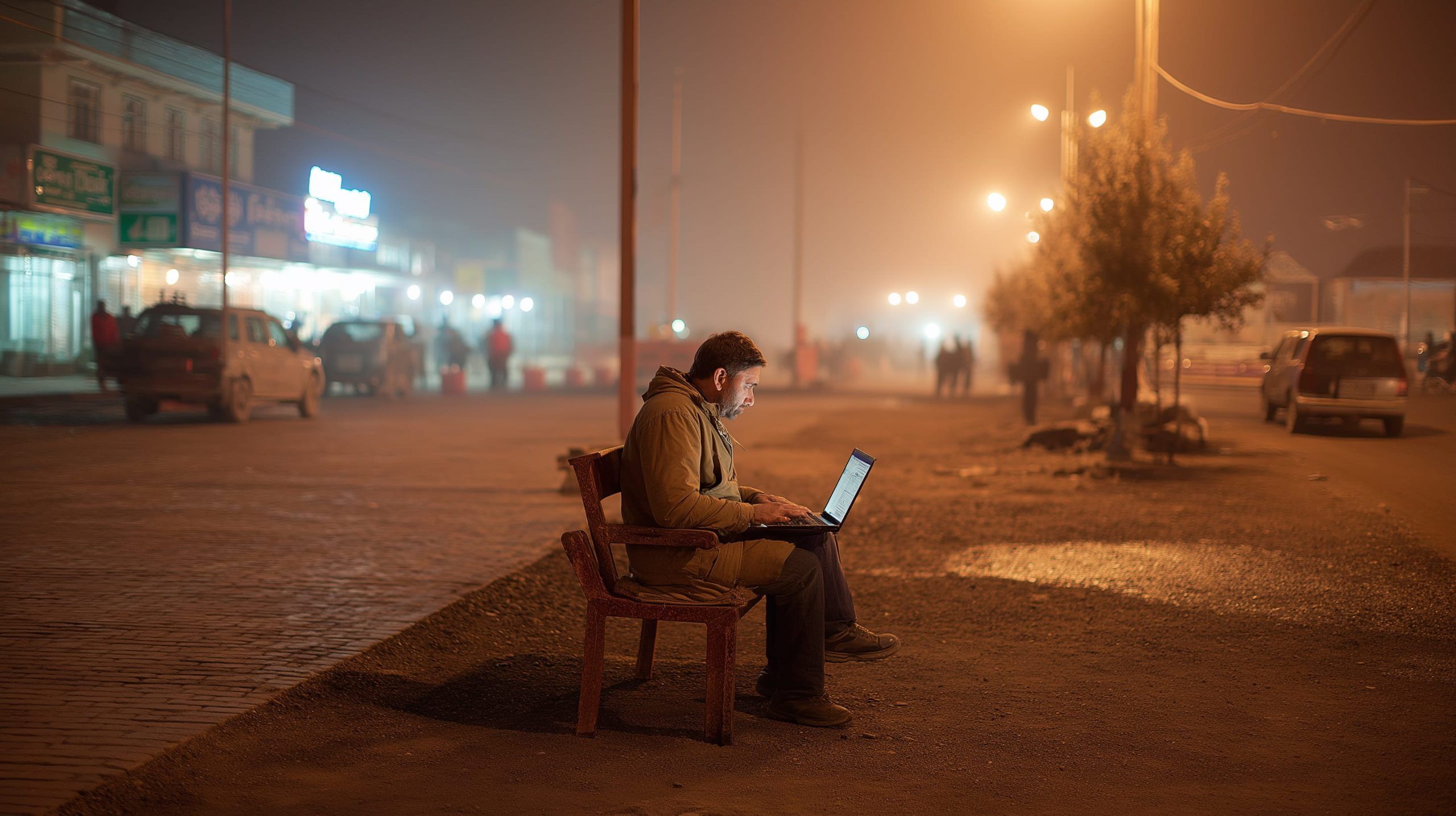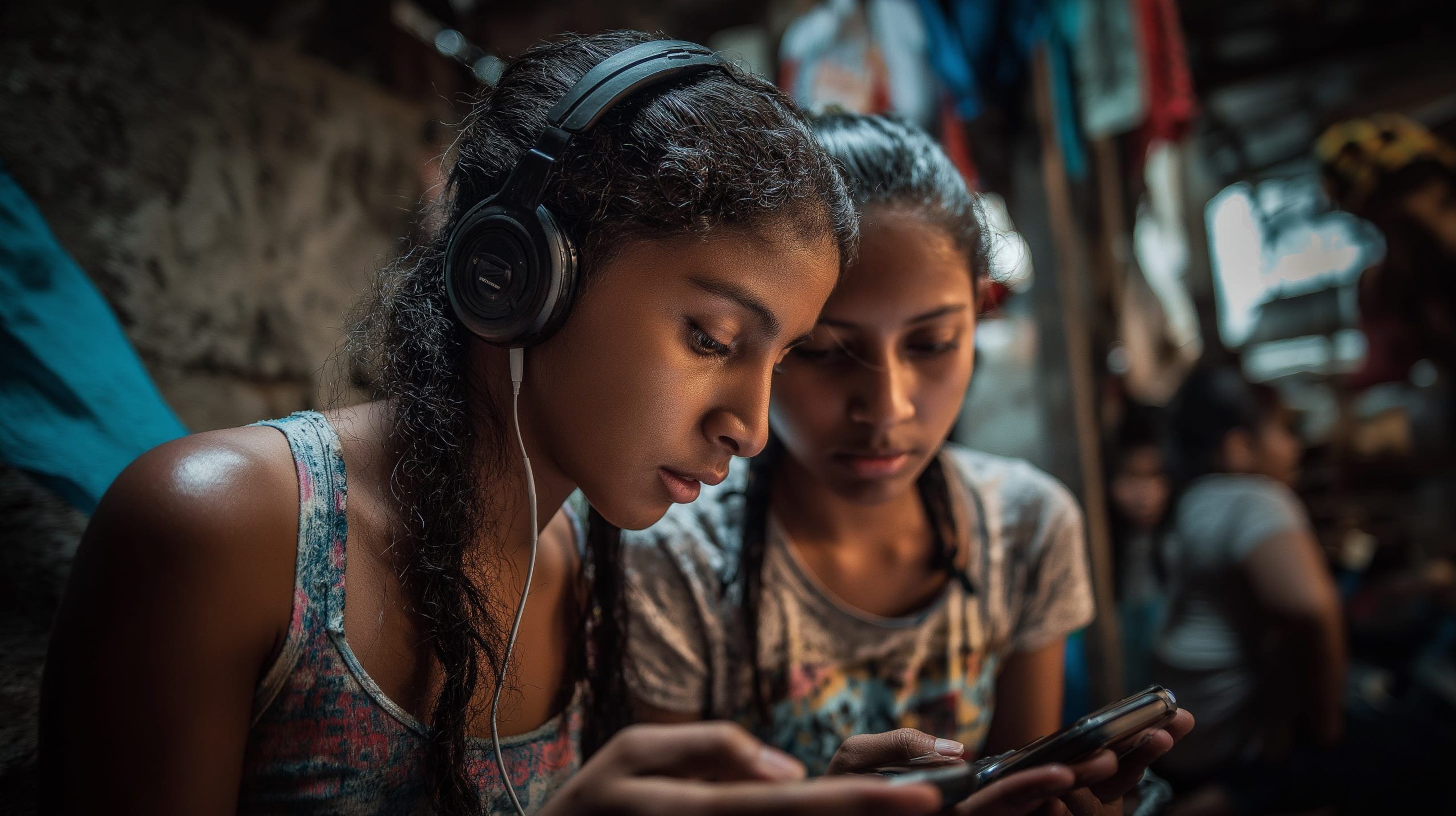
Myanmar’s Internet Dilemma: From Blackouts to Starlink Dreams
In 2021, more than 400 cell towers were destroyed amid fighting, crippling parts of Myanmar’s mobile network. MPT’s FTTH network expanded to 154 of 330 townships by early 2024, up from 27 townships in 2019. As of early 2024, Myanmar had about 64.3 million mobile connections (roughly 117% SIM penetration), with 4G coverage around 90% of the population and 5G footprint below 1%. By late 2024, well over 3,000 Starlink dishes were reportedly active in Myanmar, with more than 80 units confiscated in 2022. In December 2021 the MoTC ordered mobile operators to double data prices, and by 2023 the










